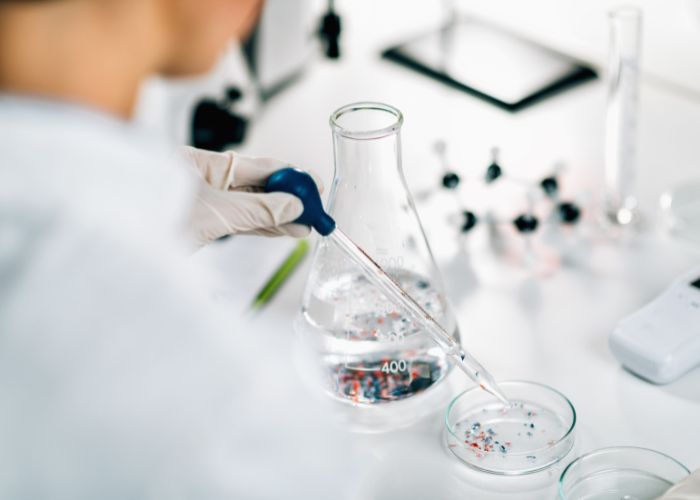Microplastics are present in streams, rivers and on beaches across Spain, according to a report by Asociación Hombre y Territorio, the Spanish Red Cross and Proyecto Libera. The microplastics were found in 100% of samples taken from 14 rivers and 14 beaches in 15 autonomous communities. Consequently, the finds are no longer a coincidence.
The ‘Network for Monitoring Microplastics in Rivers and Coastal Areas by Volunteers’ report was prepared by the said organisations. It was created to study the presence of microplastics in different waters.
Widespread presence of residues
For their analysis, the network’s 200 volunteers collected more than 24,000 litres of water in kayak campaigns. This was in 2021 and 2022. They also collected nearly 3,000 litres from rivers. After filtering this, they found fibres, fragments, films and sponges in 100% of the samples. Therefore, this confirms the “widespread presence of these residues in aquatic systems”.
The results show that while microplastics are present everywhere, a significant majority of fibres were found compared to other types of plastic elements. This was found not only in the June 2022 sampling but also as early as June and September 2021. As a result, their presence can no longer be seen as ‘something accidental’ in Spanish rivers and near beaches.
Synthetic clothing
The report explains that fibres can come from various sources, but perhaps most commonly from the population, through sewage systems. This is because more and more synthetic clothing is becoming available. Moreover, with wear and washing in the washing machine releasing synthetic fibres, ending up in rivers and streams. Then from there into the sea. Intensive agricultural and industrial areas also generate a lot of waste.
The initiators’ goals are to collect data on the presence of microplastics, set up a monitoring network on the presence of these pollutants, publicise the problem to engage society and thus raise awareness.
100% of water samples contain microplastics
The project coordinator of Asociación Hombre y Territorio, David León, said that it has been shown again that 100% of the water samples analysed in 14 rivers and on 14 beaches spread across the peninsula, the Canary Islands, the Balearic Islands and Ceuta contain microplastics.
‘We are increasingly accustomed to hearing this news, but we must not slacken: the presence warns us of dumping, lack of control, inefficient processing systems and, above all, increasing risks at all levels,’ warned León.
Systematic methodology
The organisations have a common methodology, specific training and simple but effective equipment. Each territorial assembly carries out two samplings a year in the stream, river or coastal area it chooses. These samples are sent to the laboratory, which processes and analyses them according to protocol. The origin of each sample is tracked. Once at the laboratory, all samples are processed in the same way to reduce possible errors or mistakes. The results, after the analysis of each campaign, are sent to the relevant authorities for disclosure.
Spanish Red Cross environment head Sara Casas said that this coordination system allows the sites to organise the sampling independently, but with the criteria set by the researchers. She added that trained technical staff collect the sample, on foot or by kayak, but are always accompanied by volunteers who want to learn and train this activity. ‘In this way, we investigate and raise awareness at the same time,’ Casas stressed.
The coordinator of the LIBERA project at Ecoembes, Sara Güemes, stressed that the Red Cross ‘may be the Spanish organisation with the greatest organisational capacity in the field of social and environmental tasks’, as it is present throughout Spain with qualified, trained and motivated technical staff and volunteers.
For years, Asociación Hombre y Territorio has been a pioneer in ‘citizen science actions’, the application of science through the population, and one of the leaders in microplastics research in Spain. ‘Why not join forces in something stable and solid,’ concludes Güemes.
Also read: Spanish researchers find microplastics in the airways


